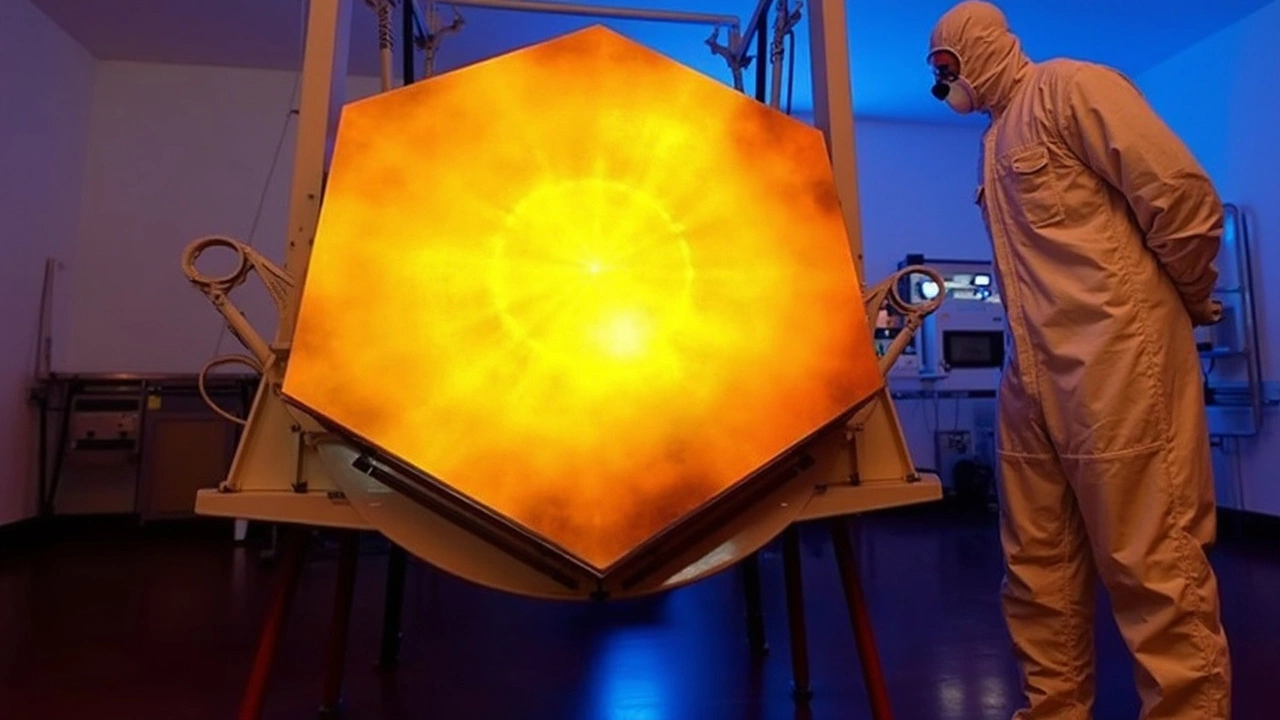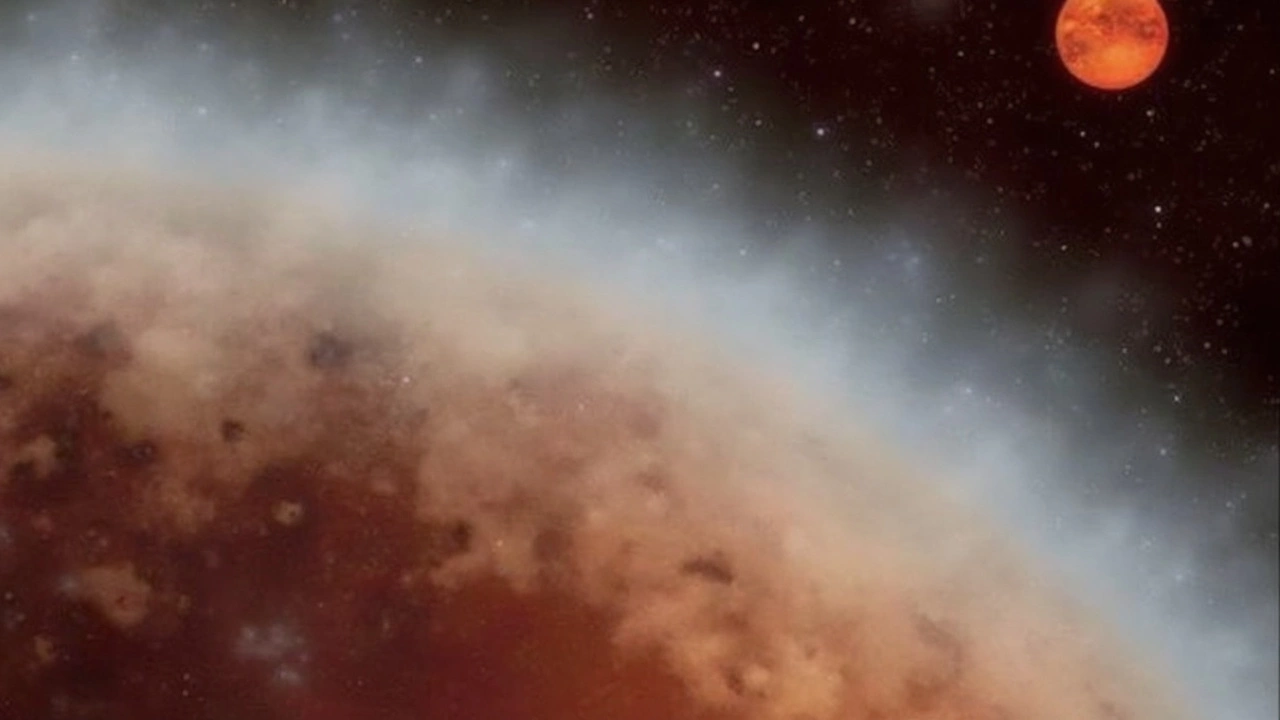JWST Uncovers Potential Signs of Life on Distant Exoplanet K2-18b
Possible Biosignatures Detected on Exoplanet K2-18b
Astronomers working with the James Webb Space Telescope (JWST) have unveiled some exciting developments in the hunt for life beyond our solar system. While scanning the skies, they stumbled upon intriguing chemical signatures floating in the atmosphere of exoplanet K2-18b, suggestive of potential biological activity. This isn't your run-of-the-mill exoplanet either; it fits the mold of what's known as a 'Hycean world,' essentially an oceanic type of planet that theorists believe could have the right conditions to harbor microbial life.
Located a whopping 124 light-years away in the Leo constellation, K2-18b lives snugly within its star's habitable zone, making it a compelling case for further investigation. The research team, led by Nikku Madhusudhan from the University of Cambridge, pinpointed impressively high levels of dimethyl sulfide (DMS) and possibly dimethyl disulfide (DMDS) in the planet's atmosphere. These compounds aren't just random chemicals; on Earth, they're primarily churned out by marine phytoplankton.

Scientific Scrutiny and Skepticism
While you're probably not booking your next vacation to K2-18b just yet, this discovery has certainly caught the scientific community's attention. The detection reached a 'three-sigma' level of statistical confidence, meaning there's only a 0.3% chance the signals cropped up by accident. However, a more definite 'five-sigma' revelation, which drastically reduces the probability of random chance to 0.00006%, is needed before popping the champagne.
Caution is the name of the game here. The experts stress that we're not quite ready to declare an out-of-this-world biological triumph. Unknown chemical reactions might account for the signals observed, so scientists are proceeding with warranted skepticism. Skeptics have also pointed to K2-18b's challenging location, being close to its star, which could create conditions less sunny for life as we know it.
To navigate these hurdles, the team plans to clock in another 16 to 24 hours of JWST observation time. This could be the key to distinguishing whether we're seeing DMS, DMDS, or perhaps both, and how much of it might stem from non-biological sources. These follow-up studies might clarify what’s really going on in that faraway atmosphere.
If future observations hold up, this may align neatly with what theorists anticipate for Hycean planets. These worlds are thought to contain deep oceans teeming with microbial life, opening a window to fascinating possibilities. Although caution and further study remain essential, the tidings from K2-18b invigorate the search for extraterrestrial life, prompting more questions and fueling curiosity about what's really out there beyond the stars.





